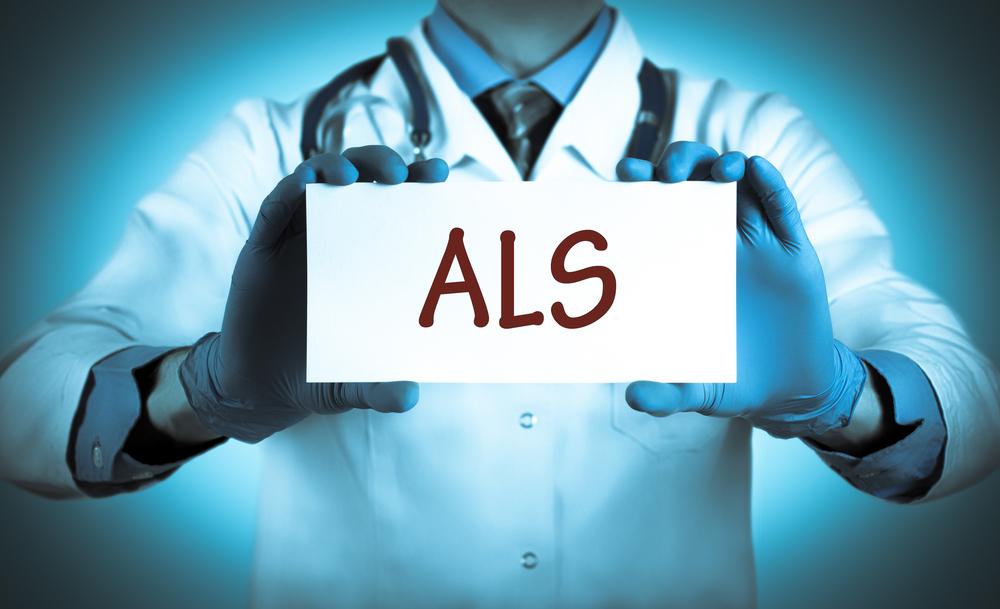Things you should know about Amyotrophic lateral sclerosis (ALS)
ALS (Amyotrophic lateral sclerosis), also known as Lou Gehrig’s disease, is a disorder of the central nervous system which weakens the muscles and has a severe impact on your physical functions. It was named after a famous baseball player who was diagnosed with the disease back in the 1930s. The condition was discovered by a French doctor Jean-Martin Charcot in 1869.
ALS mainly targets the motor neurons which are nerve cells that send and receive communication from your brain via the spinal cord, to control muscle movements.

The disease is progressive which means it will get worse over time gradually, making diagnosis and treatment of ALS your priority when the symptoms first start showing up. For proper diagnosis, it is important to identify the symptoms and characteristics of a person who has ALS.
Common symptoms of ALS include:
- Diagnosis and treatment of ALS becomes even more necessary when the symptoms are severe and persistent and when the patient is in his or her mid-forties.
- ALS commonly affects the upper and lower motor neurons located in your brain and the spinal cord which is essential for maintaining communication to control your gross motor skills. This can lead to a persistent feeling of weakness in the arms and legs causing difficulty in performing day-to-day tasks.
- Prolonged disability to move will also tend to affect muscles in the gastrointestinal tract, indirectly affecting bowel movements, and bladder function.
- Unlike other physical disorders, ALS does not directly result in pain. However, pain due to the inability to move can be an associated symptom.
- As motor skills get affected, fasciculations result in persistent muscle twitching that can interfere with your daily routine and also affect sleeping patterns.
Diagnosis and treatment of ALS
- Symptoms of ALS can be similar to other neurological diseases making the diagnosis and treatment of ALS even more complicated. This is the reason why medical professionals recommend a number of tests to be conducted to eliminate the possibilities of other neurological disorders.
- A physical muscle examination, spinal tap, and simple blood and urine tests are done as part of the common diagnostic procedure.
- EMG (Electromyography) and NCS (Nerve Conduction Studies) are done to test your motor skills, to determine the strength of signals sent back and forth from the brain.
- Muscle biopsy is done to rule out similar symptoms as a result of common neuromuscular diseases.
- MRI (Magnetic Resource Imaging) scan is done to rule out conditions like multiple sclerosis, brain tumors, and other related diseases of the spinal cord.
- Genetic testing is reserved for a limited percentage of ALS, the causes of which are genetic which will also depend on the family history of the patient.
- The diagnosis and treatment of ALS are limited since the condition can be at best managed to provide relief from common symptoms. Certain medications and therapies that include physical exercise, dietary counseling, and speech and occupational therapy are recommended as part of the treatment.















